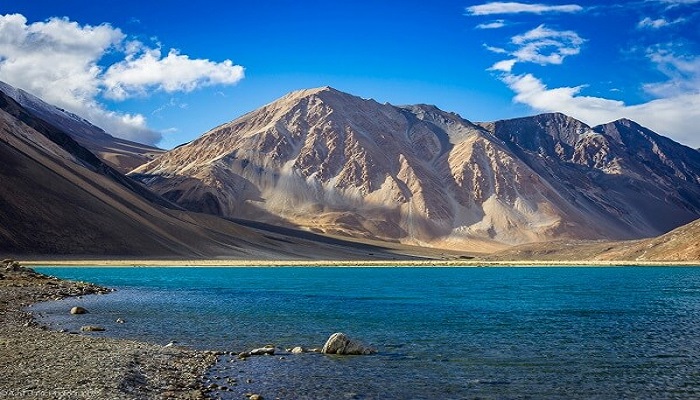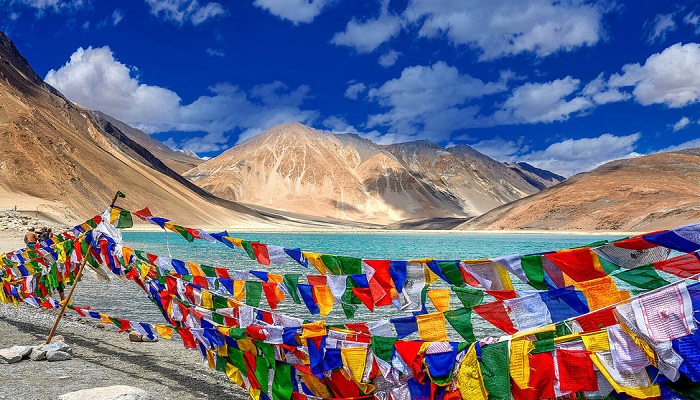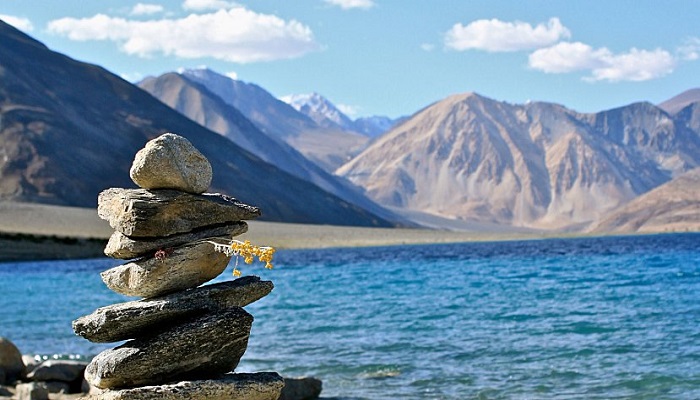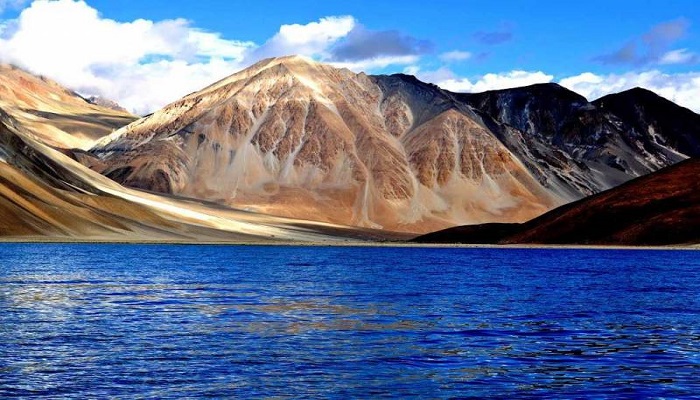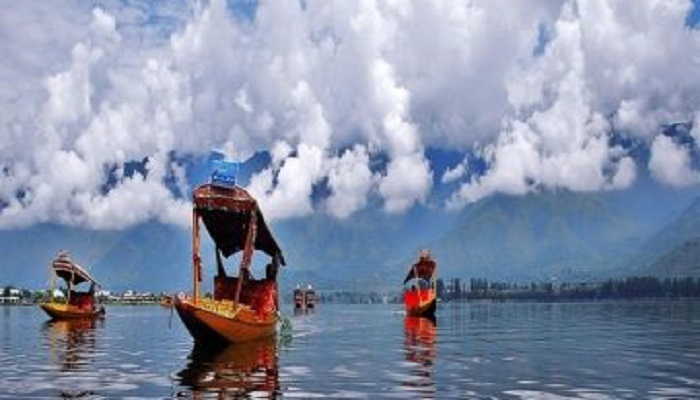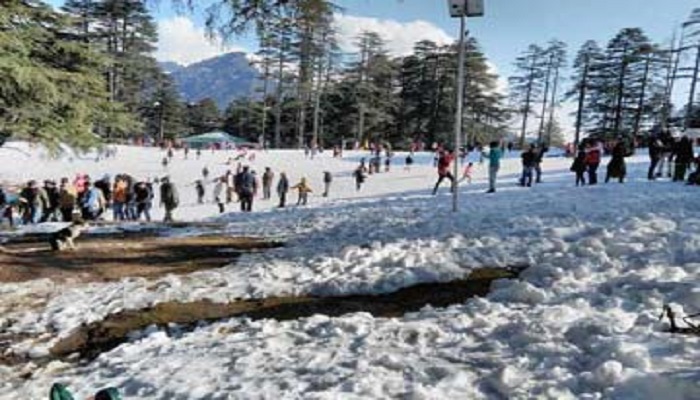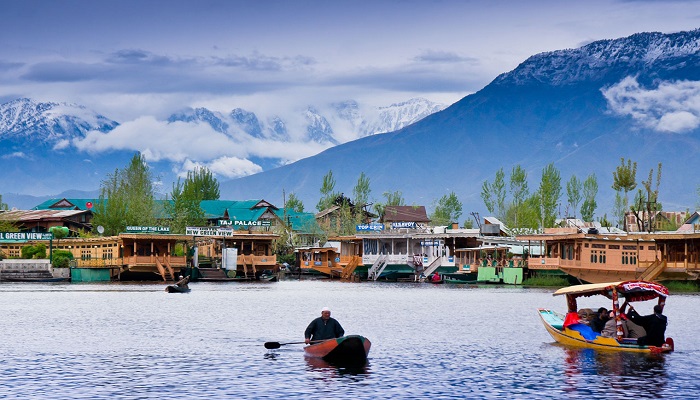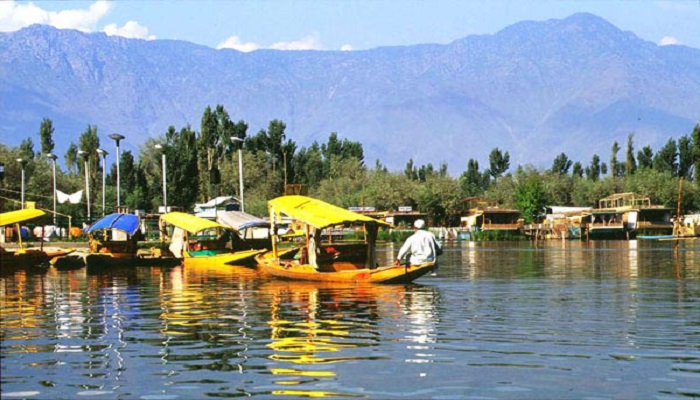Description
Leh-Lamayuru-Nubra-Pangong Itinerary: 6Days/5 Nights
Day 01: Pick up from Leh airport.
Check into the hotel. After lunch visit Shanti stupa, Leh palace, and market.
Overnight in Leh.
Day 02: Visit Sham valley (Day trip)
Visit Hall of fame, Gurudwara Pathersahib, Magnetic hill, Sangam point, Alchi monastery, Lamayuru moon land, and Lamayuru monastery.
Overnight in Leh.
Day 03: Leh to Nubra valley
Feel the excitement of Khardung La 40 km from Leh at 18300 ft. Reach Hunder following Shayok river. Enjoy the fascinating Nubra valley.
Visit Hunder village and the white Sand Dunes and take a short camel safari on the double humped Bactrian Camels
Stay in Hunder Overnight.
Day 04: Nubra valley to Pangong
Visit Diskit Monastery enroute. Drive to Pangong lake via Shayok valley.
Overnightstay Spangmik, Pangong lake.
Day 05. Pangong lake (Spangmik) to Leh
Return from Spangmik to Leh, enroute visit to Hemis monastery, the biggest monastery of Ladakh.
Overnight in Leh.
Day 06: Depart for onward journey
Drop at Leh airport for onward journey.
Some amazing things you must know about Kashmir
Kashmir is the northernmost geographical region of the Indian subcontinent. Until the mid-19th century, the term “Kashmir” denoted only the Kashmir Valley between the Great Himalayas and the Pir Panjal Range. Today, the term encompasses a larger area that includes the Indian-administered territories of Jammu and Kashmir and Ladakh,
Jammu and Kashmir is located among the Himalayan, Pir panjal and Karakoram mountain ranges. It is famously known as the “Paradise on Earth” because of its gorgeous valleys, mountains, lakes, forests and meadows. Along with its breathtaking landscape, Jammu and Kashmir. There are a plethora of places to see and things to see in Kashmir for all kinds of travelers.
Ladakh (meaning “land of high passes”) is the land of Indo-Aryan people and Tibetan descent situated in the state of Jammu and Kashmir, India. The area lies between Kunlun mountain range in the north and the Great Himalayas to the south. Ladakh borders Tibet to the east, the Lahaul and Spiti to the south, the Kashmir valley and Baltiyul regions to the west, and the Trans Kunlun territory of Xinjiang to the far north. Geographically Ladakh a different world on this earth lies in the Great Himalayan rain shadow, no monsoon during the summer, but receives snowfall throughout its long (November – Late May) winter. As Ladakh lies on the tri- junction of the historic ‘Silk Route’ from Sinkiang to West Asia and to the plains of India, it was an important station for International trade. People of Ladakh are devout Buddhist. Since 1960 after the Tibetan border is ceased, the Government of India has been able to promote tourism in Ladakh successfully. Ladakh is renowned for its remote mountain beauty and culture. It is sometimes called “Little Tibet” as it has been strongly influenced by Tibetan culture.

